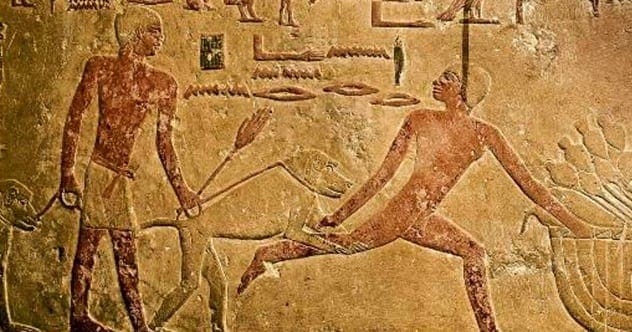Liquid ivory? A mummy full of grasshoppers? History is full of strange and unexpected discoveries. Prepare to be amazed by these oddball moments that researchers continue to unpack.
Get ready to explore unknown kingdoms, encounter bizarre remains, and learn about deadly weapons crafted from the most unexpected materials. Here are ten ancient finds that will genuinely surprise you!
A Mummy Full Of Grasshoppers
In 1937, a mummy was discovered in Texas, dating back 1,000 to 1,400 years. The arid conditions of the Lower Pecos Canyonlands naturally preserved the body. However, the man’s life was far from peaceful.
He suffered from Chagas disease, caused by a parasite that led to severe constipation and digestive issues. As he weakened, someone fed him a diet almost entirely of grasshoppers for months. The mummy’s colon was so impacted that it crushed plants, an unprecedented phenomenon.
A Man-Sized Mask
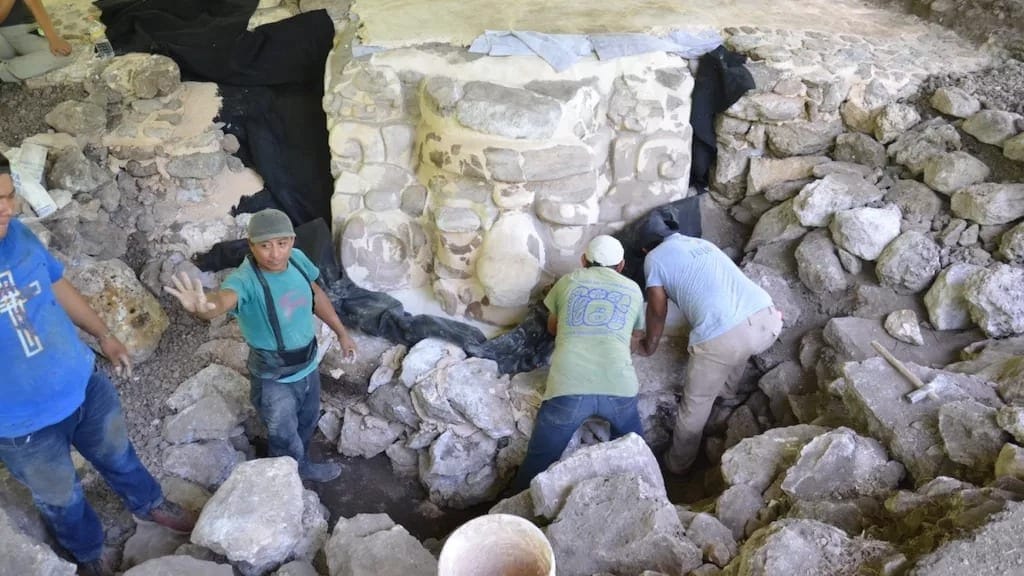
In 2017, a remarkable discovery was made in Yucatán, Mexico: a stucco mask the size of a person. Dating back to 300 B.C. and A.D. 250, it was the first of its kind found in the area, boasting bright paint and intricate details.
Archaeologists reburied the mask in a secret location to protect it from theft. However, after further examination revealed signs of deterioration, it was re-excavated, restored, and reburied in 2019. Its exact identity remains a mystery, adding to its allure.
A New Maya Drug (Marigold)

Marigold, not known for its psychoactive properties, was surprisingly found in ancient Maya drug containers. Washington State University tested 14 ceramic pots used over 1,000 years ago and made this startling discovery.
The marigold shared space with two types of tobacco. The reason for its inclusion remains unclear, but some speculate it may have been used to enhance the flavor of the smoking mixture.
A Mysterious 6-Foot Statue
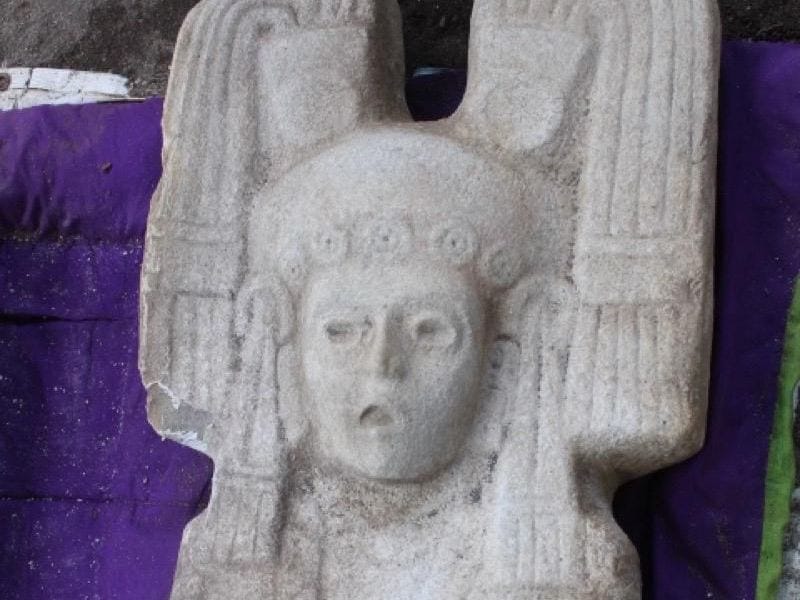
In 2021, farmers in Mexico stumbled upon a 6-foot statue of a woman while plowing a grove. This limestone carving, dating between 1450 and 1521 A.D., depicted a pre-Hispanic Mesoamerican leader or goddess.
The statue presented Aztec traits, but not enough to definitively link it to their culture. It’s believed the Huastec people, descendants of the Maya, likely crafted it. The lack of other Huastec artifacts in the area adds to the mystery.
A Mud Mummy
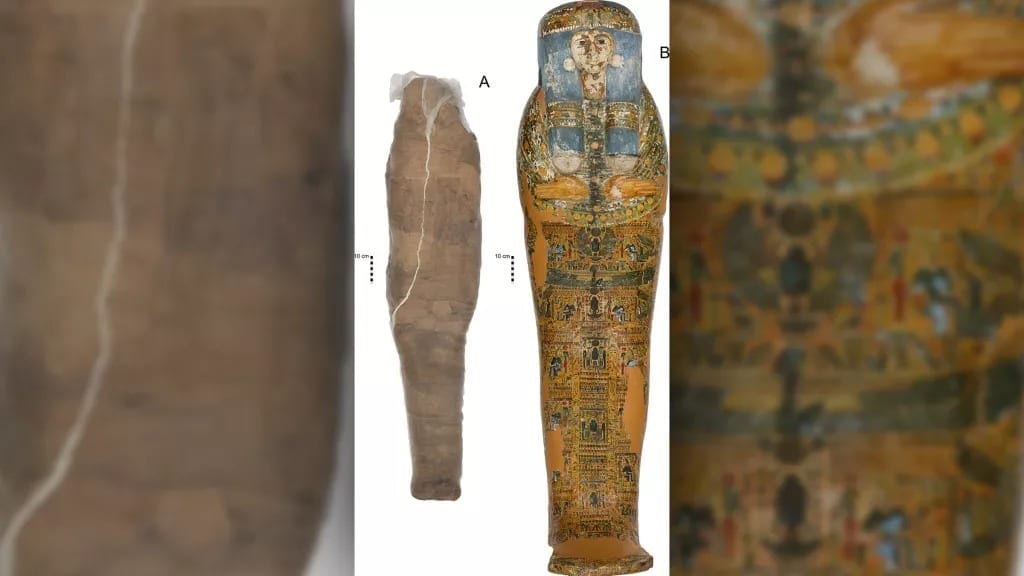
While Egypt is renowned for its mummies wrapped in bandages, an Australian university discovered a unique specimen: a woman encased in mud. This mummy, dating back to 1207 B.C., was initially wrapped in textiles and buried.
After her grave was disturbed, ancient morticians attempted to repair the body by enclosing it in a hardened mud shell. The use of mud instead of the typical resin suggests she may have come from a lower-status family attempting to emulate elite burial practices.
The Golden Tongue Mystery
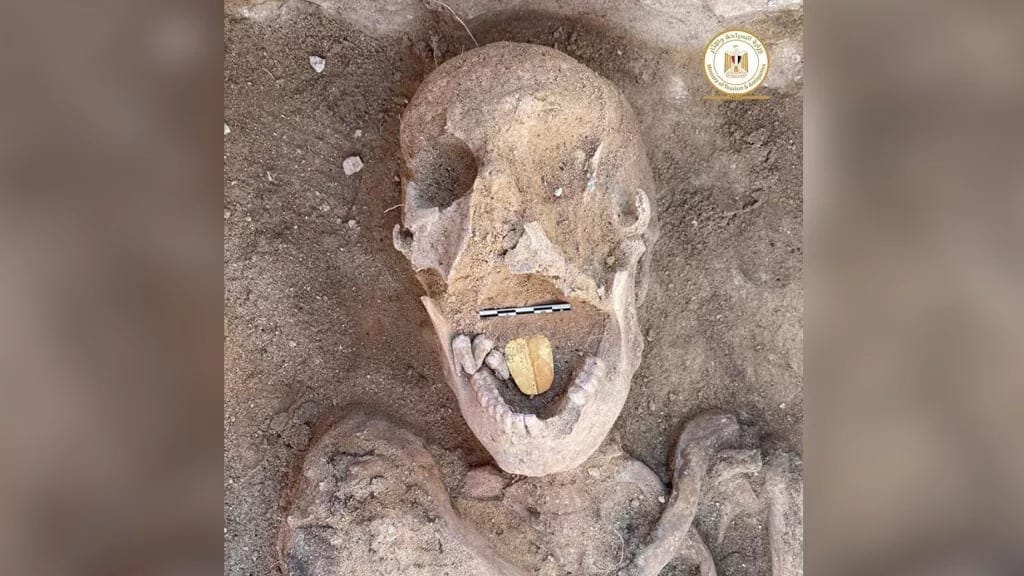
In early 2021, a 2,000-year-old mummy was discovered at Taposiris Magna, distinguished by an artificial tongue made of gold. This is the only mummy in Egyptology to have such a feature, raising numerous questions.
Without any clear explanation in ancient writings, speculation suggests the individual might have had a speech impediment and required assistance to communicate with the gods in the afterlife. The choice of gold, however, remains an enigma.
A Sign Post To A Lost Kingdom
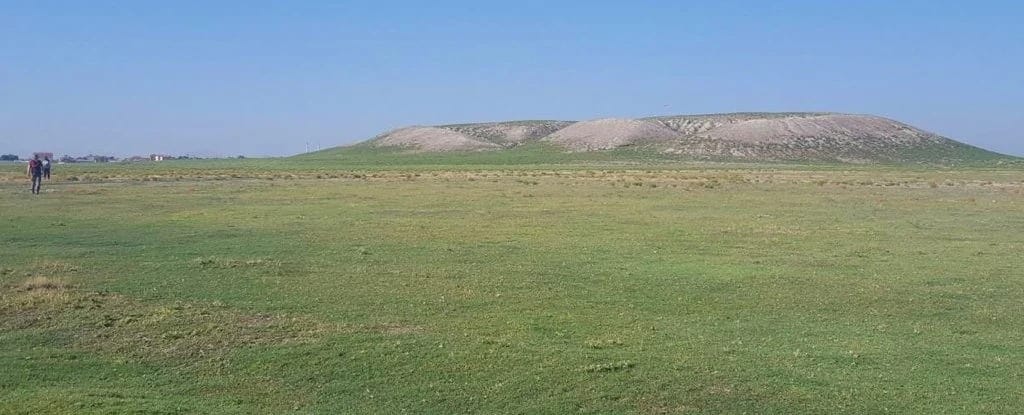
King Midas, famous for his golden touch, ruled the kingdom of Phrygia in Anatolia around 3,000 years ago. Researchers in Turkey uncovered a stone with Luwian script dating back to the 8th century BC.
The stone revealed that Phrygia had been defeated and Midas captured by a previously unknown kingdom, led by King Hartapu. This discovery shed light on a forgotten civilization that once rivaled Phrygia.
Skulls That Point To Punt
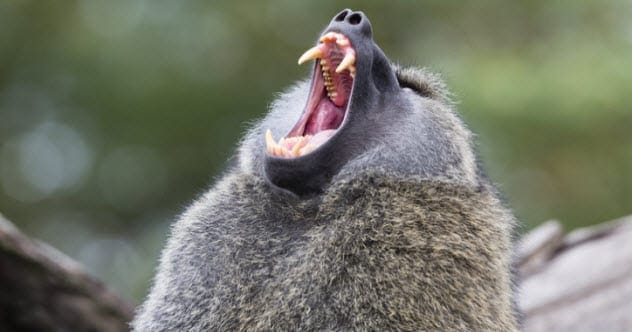
Punt, a land of immense wealth, was either a myth or a real place. Ancient Egypt frequently traded with Punt, acquiring myrrh, frankincense, gold, and Hamadryas baboons. These baboons became key to determining the location of Punt.
By tracking the origin of baboon skulls found in Egyptian tombs, researchers narrowed down Punt’s location to an area spanning Ethiopia, Eritrea, Djibouti, Somalia, and Yemen. A 2020 study further refined the location to Somalia, Eritrea, or Ethiopia.
Weapons That Were Once Human
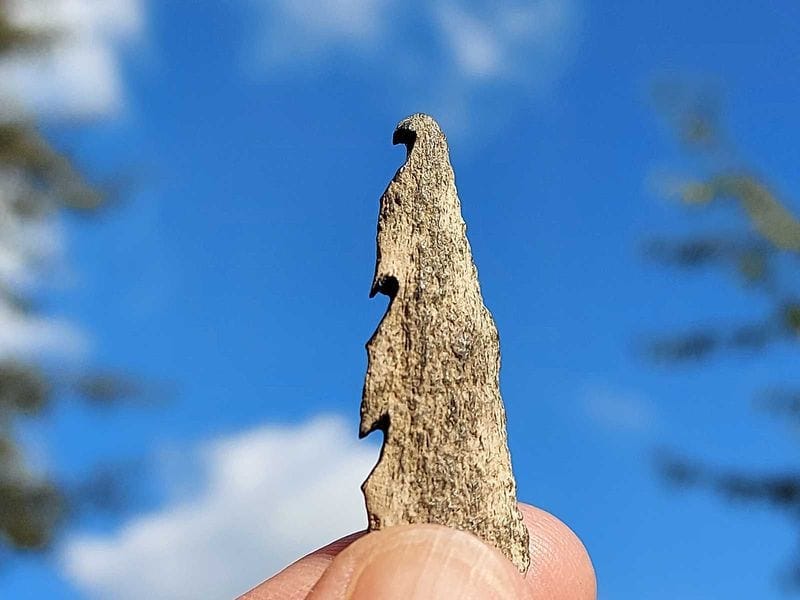
Doggerland, a land bridge connecting mainland Europe and Britain, was home to inhabitants who crafted distinctive weapon points about 10,000 years ago, usually from animal bones. However, a 2020 study of these points revealed a disturbing twist.
Out of ten points examined, two were made from human bones. The purpose of using human remains when other materials were abundant remains a mystery. Whether for symbolic reasons or practical use, these human bone points were crafted into deadly weapons.
A Bizarre Skill
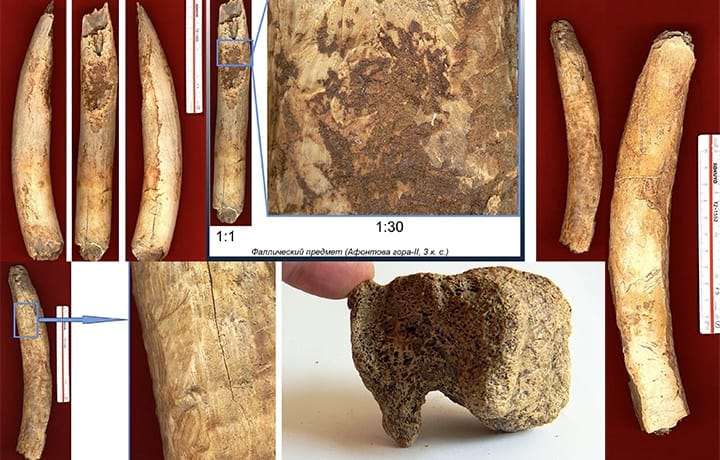
An ancient Siberian community possessed a remarkable ability: softening mammoth tusks into a pliable, clay-like state, shaping figures, and then hardening the ivory back to its original state.
Discovered alongside the figurines were ivory bars demonstrating an even more advanced technique. These bars had been liquefied before being shaped and solidified. This incredible skill, dating back 12,000 years, remains unexplained.
These ancient discoveries remind us of the many mysteries that still lie hidden, waiting to be unearthed. The unexpected and bizarre aspects of these finds challenge our understanding of history and ancient cultures.
Which of these finds surprised you the most? Leave your comment below and let’s discuss!


